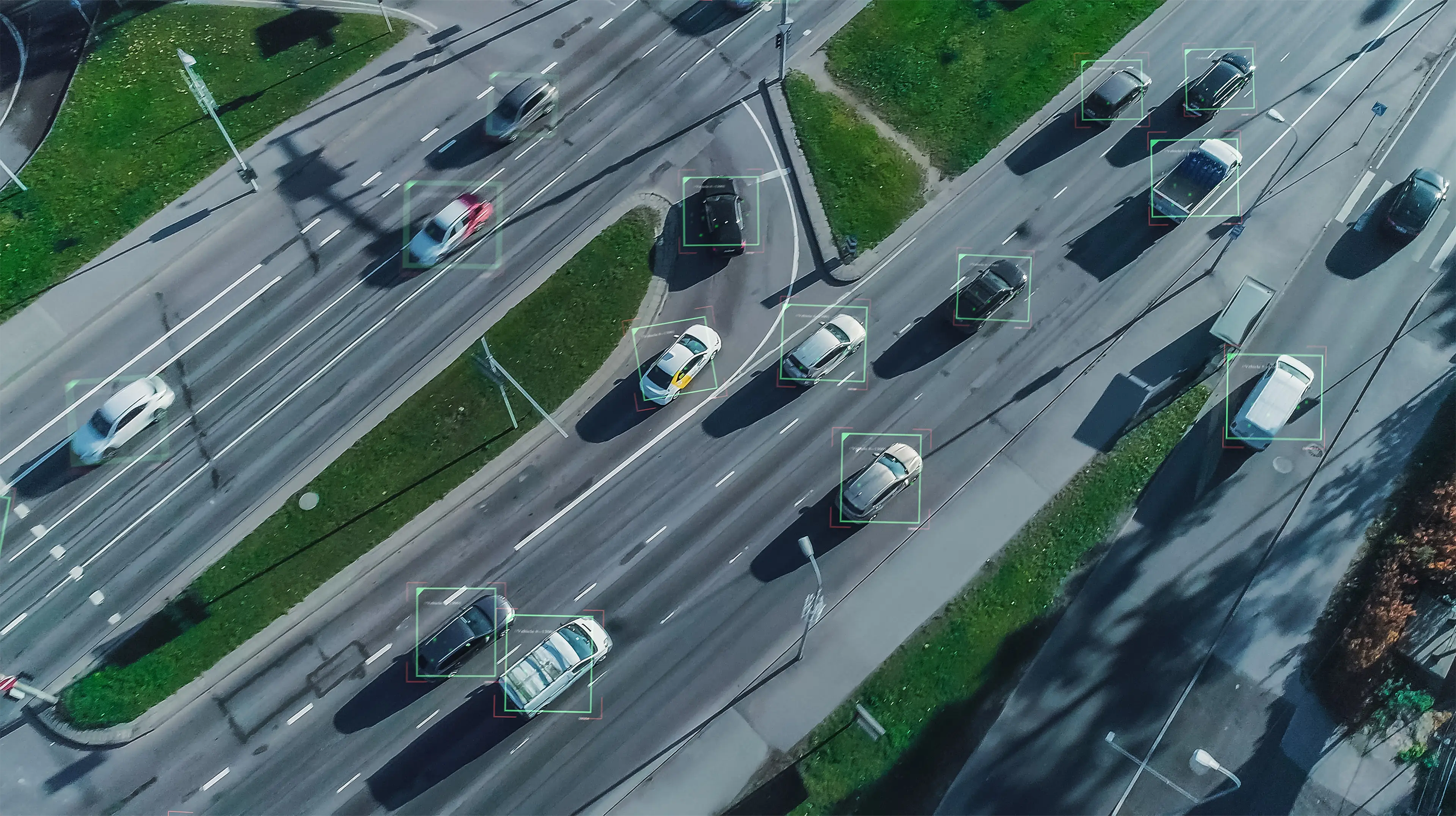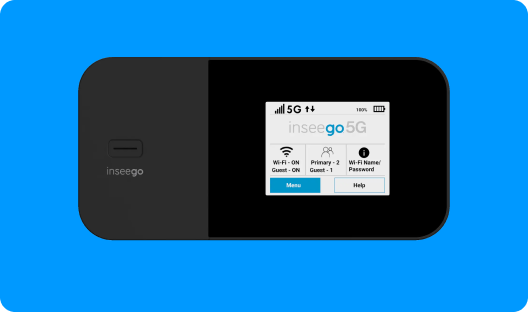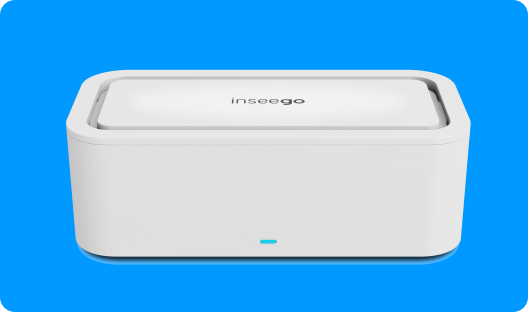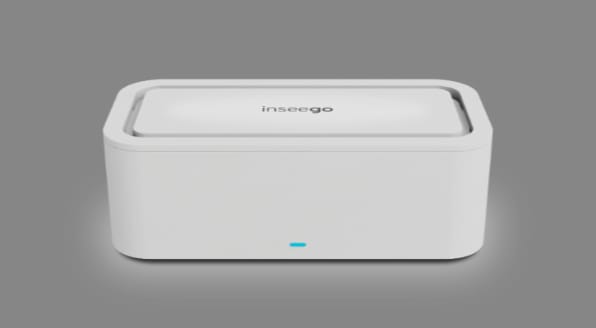Also in this category
View more in Connectivity for Edge NetworksConnectivity for Edge Networks
How Edge AI is changing the world around us

Ever wondered why smart glasses didn’t take off? The reason is closely tied to Edge AI, or the lack of it. Smart glasses, like Google Glass, promised a lot but failed to deliver and one of the main reasons is that the supporting infrastructure they needed wasn’t there (there are other reasons that we won’t get into right now).
The supporting infrastructure for the Internet of Things (IoT) and connected devices (like Google Glass) is the basis of the emerging world of Edge AI, data science and machine learning (Artificial Intelligence, or AI) that is happening closer to the user or device (the edge, or edge of the network).
An augmented reality (AR) wearable like a pair of smart glasses needs a super fast response time (low latency), or alternatively process data itself. The big disadvantage of the latter is that it means battery life is frustratingly short or it becomes too bulky with bigger batteries and processors.
Smart glasses, and other IoT devices, work a lot better if they can connect to a nearby Edge AI device that can process data for them and return the results. Combined with 5G network connections this is creating a much more usable solution (and don’t be surprised if smart glasses make some sort of comeback in the next few years).
What exactly is Edge AI?
It might sound sci-fi but it’s a present-day reality, and you’ll find it in a lot of very ordinary places, like street corners, factory floors, storage facilities, remote offices and retail stores. If you have an Alexa or Google Nest in your living room then you’ve got a piece of Edge AI right there in your home.
Basically, Edge AI are hardware devices that operate at the network edge (where end users are connecting, which could be anywhere) that include processing power and data storage sufficient to perform computing tasks (Edge AI applications) that previously were handled by central cloud services.
Edge AI technology allows these devices to process data, making decisions independently, rather than simply passing the data on to a centralized computer for processing.
But it’s a bit more than just simple data processing. AI processing takes things a step further by attempting to mimic human behavior and decision making.
To do this, the edge device — smart router, edge server, microscale data center or similar — uses data received from connected devices — cameras, microphones, sensors — and processes this data, using built-in machine-learning algorithms to make a logic-based decision, and do it all a lot quicker than the time required for data transmission to a centralized server.
In principle, it’s not all that different from how you or I would make a decision. We take in input, process that data and come to a decision. But it’s all done by a machine, hence why it’s referred to as artificial intelligence (AI).
What are some practical applications for Edge AI?
To help explain exactly what Edge AI is, it would be helpful to look at how the technology is currently being used, some examples of Edge AI applications. This can also help you to think about ways this new technology could be used in your business. You might not become the next Amazon, but at least you’ll run a more effective business and improve the user experience.
Vehicle plate recognition
A connected camera, such as Inseego's AI-enabled dashcams, sends imagery of a license plate to an edge device, which recognizes the plate as matching one in its stored database. Based on this data match, it triggers a barrier gate to open and lets the vehicle pass, while also recording the entry for billing purposes.
Facial recognition
A video camera can send an image to a nearby edge device, which recognizes a face and allows the person entry into a building, providing a personalized welcome. Security cameras are used in some retail stores to recognize known shoplifters, alert sales staff to important customers, or provide valuable insight into how shoppers move around the store.
Smart irrigation
A hydrometer sensor collects soil moisture levels, and that data is used by an edge device to trigger a connected irrigation system, minimizing water use and improving plant health.
Speech recognition
Digital information desks can assist shoppers in a mall, or visitors to a museum, by providing answers to common questions. With the help of machine learning models, speech recognition is also better able to detect mood or emotion in the person’s voice, allowing the virtual assistant to respond in a more human way.
Factory production lines
A smart camera on a factory production line is used for quality control, trained to detect defects and alert a floor supervisor. Video footage of passing fruit can be used to detect unripe fruit, and filter them out.
Autonomous self-driving cars
On-board cameras use edge computing to rapidly process imagery, particularly for situations where emergency braking is required to avoid colliding with something, such as a wandering animal. This use case highlights the critical need some applications have for very low latency, one of the key features of Edge AI. Even a small delay of a few milliseconds could be too much for an autonomous vehicle.
Predictive maintenance
Vehicle sensors can go one better than just triggering a ‘check engine’ light. Edge computing can use data about the vehicle’s mileage, engine hours, temperature, oil quality, operating efficiency and more to provide valuable feedback to fleet maintenance managers on recommended servicing, to boost the vehicle’s efficiency and avoid breakdowns.
Asset security
Sensors can detect movement, or machines being used outside of authorized hours or locations to quickly trigger security systems in the yard. Learn more from our asset tracking page.
Healthcare
Medical staff can get faster feedback on illnesses, x-rays or symptoms for quicker diagnosis, or assistance with surgeons delivering help remotely to an operating theater.
These are just a few ways where putting more processing power at the edge of the network is helping businesses make smarter, more automated, and faster decisions, when and where it matters.
Putting Edge AI to work in your business
One of the main drivers for growing Edge AI is being able to let machines do the heavy lifting; routine, repetitive tasks that can be done using connected cameras, microphones, sensors and other IoT devices and reduce employee workloads.
These input devices are receiving data in real time and, combined with edge computing, are able to process this massive amount of data, without putting an excessive burden on the corporate network, or upstream bandwidth.
What are some potential areas of your business where Edge AI could make a difference?
- Fleets/mobile assets - Do you manage a fleet, or have mobile assets? Improve maintenance, safety and security with smarter automated systems. Deploy APIs to integrate real-time driving data with AI computing for a smarter, more proactive fleet.
- Retail - Are you interested in providing a more personalized shopping experience? Do you want to improve your store layout for maximum effect? Artificial intelligence video systems with low latency can provide near instant feedback to help store managers maximize sales.
- Remote office workers - A smarter corporate network can improve the remote working experience for both employees and system administrators, improving the quality and reliability of the network, while improving security and reducing bandwidth with smart, automated rules.
There are so many business systems, anything from production and customer service to reporting and automation, that can benefit from Edge AI, so don’t feel limited to the examples we’ve cited here.
What is the future of Edge AI?
Edge AI is already providing valuable performance improvements and insights for modern businesses, and this will only gain momentum as edge devices get smarter, helped by deep learning AI algorithms that continually refine machine learning models and contribute to the optimization of AI software.
5G, cheaper GPUs, more powerful CPUs, and an increasing number of IoT devices guarantee Edge AI is here to stay, and something all businesses need to plan for, or at least be aware of.
It won’t replace our current cloud computing networks, rather working in tandem to make them better and support technology like big data and neural networks.
Continual improvement is one of the cornerstones of AI, as networks make use of feedback loops to review specific situations, get human input from data scientists, and then refine the AI models for implementing a smarter system, increasing the benefits of Edge AI and reducing staff workloads.
The ‘brains’ of Edge AI systems will get smarter, fueled by the growth of faster 5G networks that offer more bandwidth and lower latency, increased computing power, and machine algorithms that learn to make better decisions.
How the advancement of Edge AI impacts your business depends on how you choose to take advantage of the technology. Talk to one of our sales team to help you identify the opportunities and start preparing your business now for a new era of smarter business.










